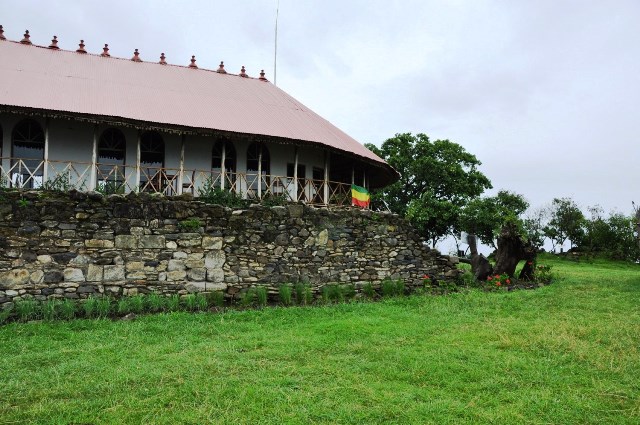Shewa, situated in the heart of Ethiopia, holds a treasure trove of historical sites. From its ancient royal capitals to its religious sanctuaries, Shewa stands as a testament to the rich tapestry of Ethiopian history. One such gem is Ankober, but the region is peppered with many more sites, each with its own unique story. This article will guide you through some of the most significant historical places in Shewa.
Ankober
Perched on the edge of the Great Rift Valley, Ankober once served as the royal seat of the Shewan kings. Founded by King Amha Iyasus, it was the capital during the reign of Menelik II before he moved to Addis Ababa.

Historical Significance: This city played a crucial role during the rise of Menelik II to the Ethiopian throne. It was from Ankober that Menelik orchestrated his campaigns and formed alliances that would lead him to become the Emperor of Ethiopia.
Ankober Palace: Now a museum, the palace offers panoramic views of the Rift Valley and provides insights into the lives of the Shewan royalty.
Entoto
Before Addis Ababa became the bustling capital of Ethiopia, Entoto held that honor. Located on the Entoto Mountains, this site overlooks the sprawling capital city below.
St. Mary of Entoto: An old church built in the traditional Ethiopian style. It is said to house the crowns of former Ethiopian emperors.
Museum: Adjacent to the church, the museum showcases royal regalia, clothes, and other artifacts from the time when Entoto was the capital.
Debre Berhan
Another former capital of Shewa, Debre Berhan is known for its historical and religious significance.
Debre Berhan Selassie Church: A beautifully decorated church, it stands out for its ceiling adorned with angelic faces and walls filled with religious paintings.
Debre Libanos
Located in the district of Selale, the monastery of Debre Libanos is an important religious center for Ethiopian Orthodoxy.
Historical Significance: Founded by Saint Tekle Haymanot, it holds a significant place in the Ethiopian Orthodox Tewahedo Church’s history.
Portuguese Bridge: Close to the monastery, this bridge is often mistakenly thought to be built by the Portuguese, but it dates back to the 19th century.
Mount Zuqualla
Located in southern Shewa, Mount Zuqualla is an extinct volcano and home to the Zuqualla Monastery.
Zuqualla Monastery: Dedicated to Saint Aregawi, this ancient monastery is said to be where Menelik II received the vision to move his capital to Addis Ababa.
Addis Ababa
Though a modern city, Addis Ababa, which means “New Flower,” has historical sites like the Menelik II Palace and the Ethnological Museum.
Ethnological Museum: Located within the main campus of Addis Ababa University, the museum provides a comprehensive overview of Ethiopia’s rich cultural and historical heritage.
The historical places in Shewa are gateways to Ethiopia’s illustrious past. They bear witness to the region’s royal sagas, religious fervor, and the rich cultural heritage that Ethiopia proudly showcases to the world. Whether you’re a history buff, a spiritual seeker, or just a curious traveler, Shewa’s historical sites offer a fascinating journey through time.